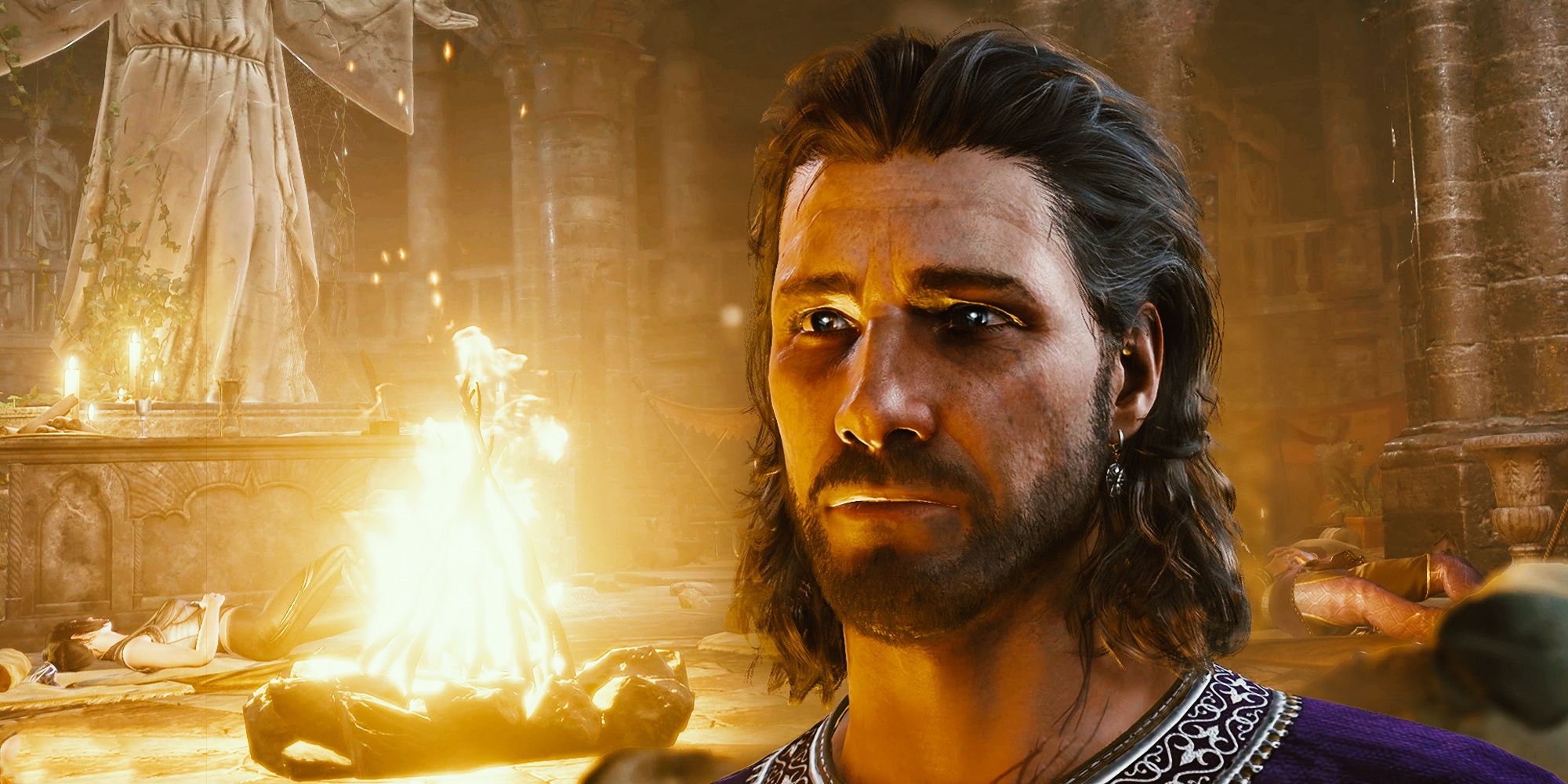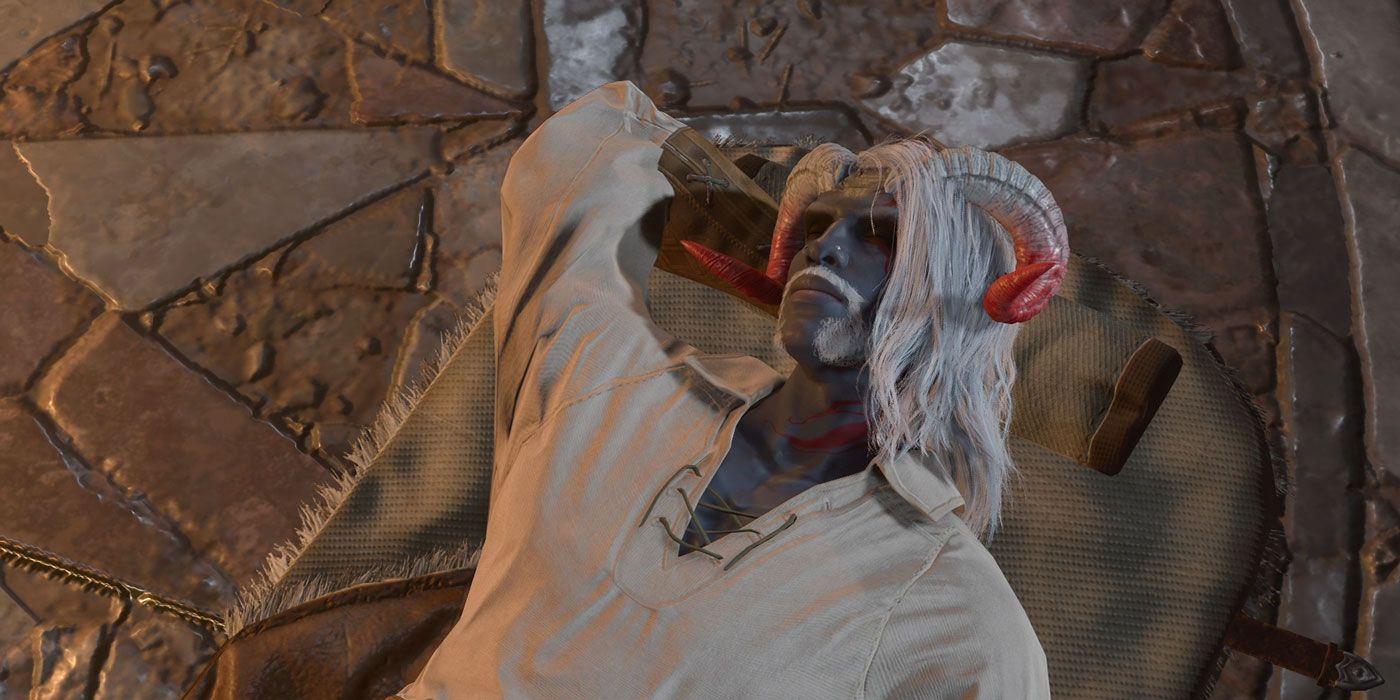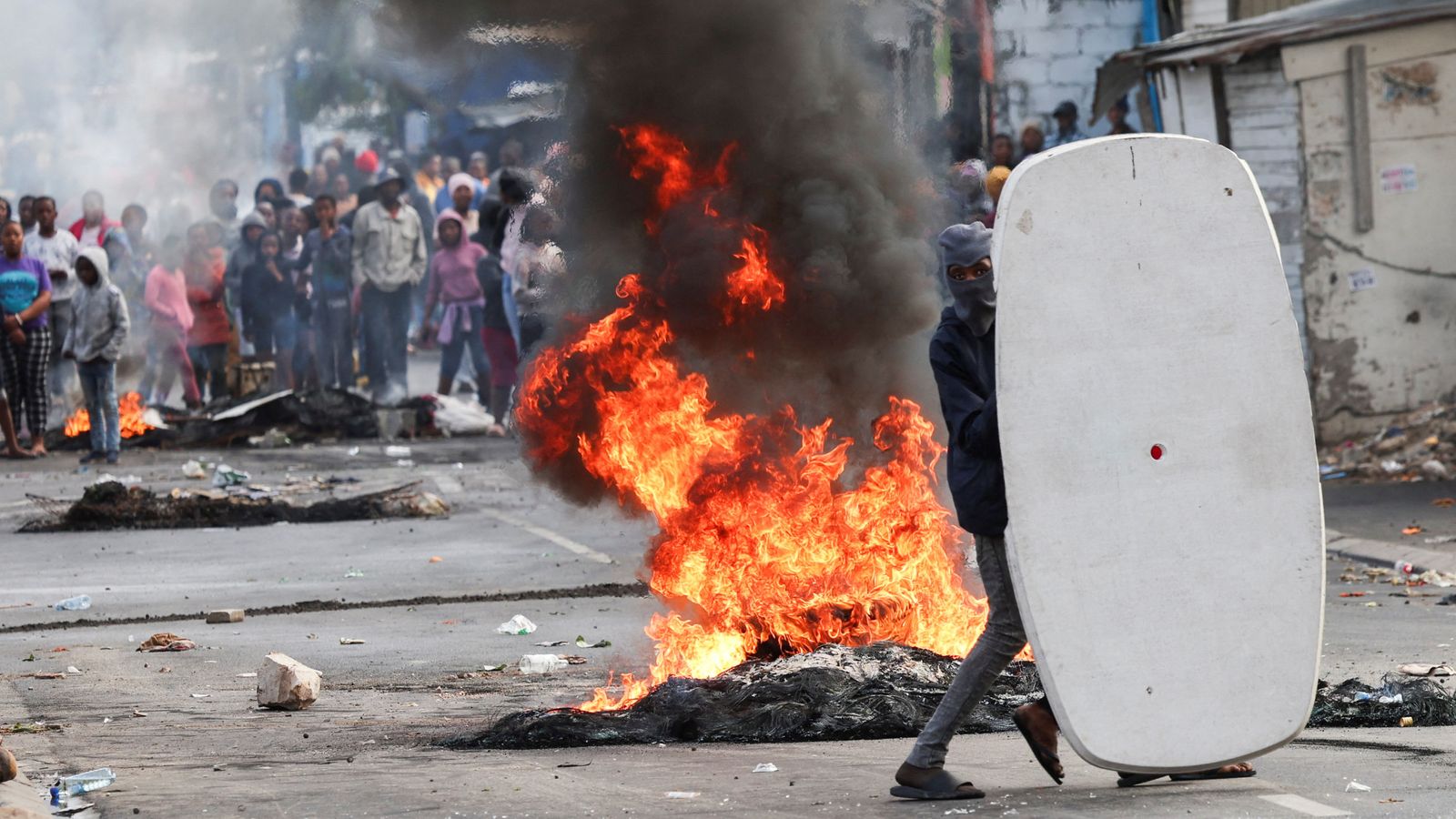Summary
- Resting in Baldur’s Gate 3 is crucial for healing and restoring skills, but it may be misunderstood by newcomers, leading to underutilization.
- Resting in the game can be done through Short Rest or Long Rest, each with its own benefits and drawbacks.
- Players should rest strategically to prepare for tough encounters with enemies.
In Baldur’s Gate 3, rest is an important mechanic that heals your party and enables them to use their special skills and abilities. Just as in real life, getting a little shut-eye and repairing a weary body is a must. A lack of rest can be disastrous, leading to a swift end to the campaign. However, the resting mechanic may confuse those new to the Baldur’s Gate franchise, leading to an underutilization of the feature.
Considering how important resting is to using skills and abilities in the CRPG, understanding the rest mechanic is critical before venturing into the Forgotten Realms. After all, it’s not as easy as just laying down on the ground, and the concept itself isn’t totally straightforward. While it’s tempting to put off resting until the last second, it’s ill-advised, as resting at the right times enables the completion of the game’s tougher sections.
How Does Rest Work in Baldur’s Gate 3?
Resting serves two primary functions in Baldur’s Gate 3. The first benefit is that it heals the party’s HP, and the second is that it restores skill slots. Resting can be accessed from the button next to End Turn and includes Short Rest and Long Rest, each of which has benefits and drawbacks.
A Short Rest replenishes 50% of a party member’s hit points and will restore some spell slots for certain party members, depending on their class and traits. Unlike a Long Rest, the effects of a Short Rest happen instantaneously, making it a great way to heal while in the middle of a dungeon. A party can Short Rest two times before taking a Long Rest, which refills their Short Rest allowance.
Long Rests restore all of the party’s HP, skill slots, and Short Rests. Unlike Short Rests, however, initiating a Long rest will teleport the party back to camp, where they can access a static inventory and speak with or swap out party members. To Long Rest, players must click on the sleeping bag in camp and fill up the camp supplies.
Long Rests cost 40 camp supplies, an in-game resource strewn across the Forgotten Realms. Camp supplies include items like cheese, fruit, and fish, but can also come in the raw form of Camp Supplies. To fill up the camp supplies, select the different supplies or choose the Auto-Select button to fill it up automatically.
Players can also take what is known as a Partial Rest, which restores spell slots and hit points to half but doesn’t refill any short rests. These can be initiated by entering a Long Rest and not filling the camp supplies. This is a good trick to use if healing is needed, but the party has no more supplies.
Players Should Avoid Rest Situationally
Just as with other aspects of BG3, nowhere is safe, and occasionally, Long Rests will also trigger an event that must be rolled on for a good outcome. However, this isn’t a drawback, as these events will often help push the story forward or develop a relationship between party members. It could, however, mean that characters may be awoken at night to fight for their lives. For instance, early on, characters that rest at the camp may encounter an interesting event that sheds more on the character of Astarion in Baldur’s Gate 3.
Time in Baldur’s Gate 3 doesn’t happen in real-time; it’s dictated by how many Long Rests are taken. Each time a Long Rest is initiated, another day passes. However, contrary to logic, this usually does not affect quests unless specifically indicated, like time-sensitive quests where a day elapsing moves the events forward in the game. In these cases, it’s possible to miss opportunities or important story elements, so Long Rests should be avoided.
One example of this is in Act 1, when players must protect Emerald Grove from an impending goblin threat and take out a nearby camp of gnolls and hyenas. In this section, taking a Long Rest will change the story and make the encounter harder.
However, in all cases beyond the few that are time-dependent, it’s best to rest between dungeons and tough bosses so that the party is at a reasonable amount of HP for the next encounter. In BG3, random encounters are part of the thrill, and the party could be attacked by high-level mobs at any notice, making an injured or weakened party easy pickings for enemies.
When having a hard time determining whether a scenario calls for a Long Rest or not, consider how many skills are currently available to the party and take a look at inventories to see how many health potions are available for each companion. Healing out of combat doesn’t consume AP, so keeping health high for all party members is a key to success.
Managing Camp Supplies
While managing camp supplies seems like it would be another chore to do in Baldur’s Gate 3, it actually isn’t that hard to do, and supplies should not run low unless the party is taking Long Rests very often. If Long Rests are required frequently, there could be another problem with the campaign or party composition.
BG3 is by no means an easy game, but there are simple mitigation efforts to reduce the amount of rest a party needs. For one, crafting and using potions can keep a party at full health, removing the need for constant trips back to camp. Other healing items and healing spells can also increase the team’s durability for those longer stretches of the campaign. Because camp supplies will be important in the long run, players should pick up any camp supplies in-game, even if it appears to be junk.
Skills other than Cantrips should be used sparingly and situationally. Although it’s tempting to nuke a solitary goblin into complete oblivion, it doesn’t always make sense if the party is not at risk of a wipe. When approaching low-level enemies, using the stealth mechanic in the game could save critical spell slots by dishing out massive damage at the start of each engagement with regular attacks and Cantrips, rather than wasting skill slots.
The last thing to consider in Baldur’s Gate 3 is oversupplying camp supplies. While this is usually a minimal error, filling up the camp supplies beyond the 40-supply max will still use all the supplies invested. Occasionally, the Auto-Select option may also put in more supplies than needed, so not paying attention could cost much-needed supplies. Doing the math and choosing the items individually may solve this issue.
#Dont #Forget #Rest #Baldurs #Gate









